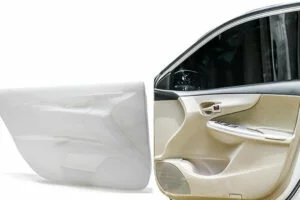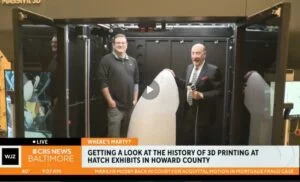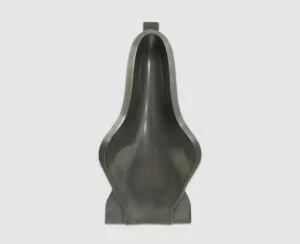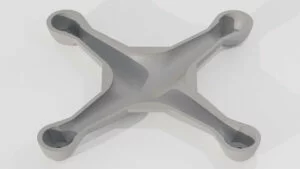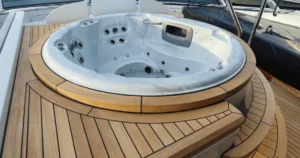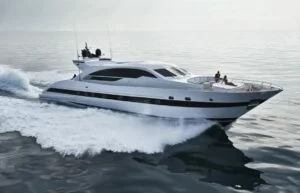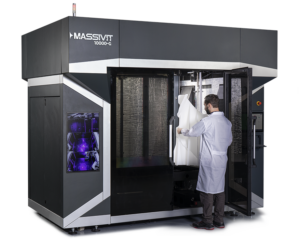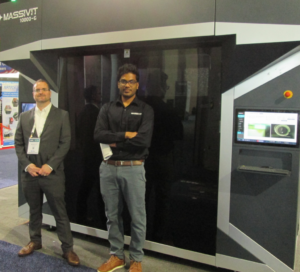Understanding 3D Printing: A New Wave in the Maritime Industry
At the heart of this transformation lies 3D printing, also known as additive manufacturing. This groundbreaking technology involves the process of joining materials layer by layer to create objects based on 3D model data. Within the maritime sector, this advancement is generating significant interest and excitement. The allure lies in the manifold benefits 3D printing brings, such as reduced costs, minimized delays, rapid design changes, digital precision and symmetry capabilities based on CAD designs, bespoke parts production, and expedited delivery times.
The Advantages: 3D Printing’s Sail in the Maritime Industry
The adoption of 3D printing in the maritime industry comes with a host of remarkable benefits:
- On-Demand Parts Production: The technology enables the production of parts like critical communication components like radar masts that could be crucial during emergencies.
- Reduced Lead Times: With 3D printers located at ports, delays can be kept to a minimum. Spare parts for ships can be produced on the spot, as opposed to them being transported from a manufacturer inland.
- Cost Savings: With the elimination of transportation costs from a shore-based parts manufacturer to the port and vessel, there are considerable savings.
- Minimal Delays: As wait times for a specialist part to be manufactured and transported to the port are reduced, delays of cargo, which result in huge costs and have a massive knock-on effect on the supply chain, are kept to a minimum.
Navigating Challenges: Ensuring 3D Printing in Maritime Doesn’t Run Aground
Despite the significant advantages, there remain a few challenges when using 3D printing in the maritime industry:
- Quality Control: Regulating the quality of printed components is still a hurdle that needs to be addressed before widespread adoption.
- Intellectual Property Rights: Protection of designs and patents in the context of 3D printed parts is another area of concern.
- Optimizing Gains: Effective use of this technology needs to be learned over time to maximize it – a good reason to start right away.
Massivit: Championing Maritime 3D Printing
Massivit, a frontrunner in this domain, is pushing boundaries with its portfolio of large-scale 3D printing systems. These machines are capable of crafting impressive, full-scale marine parts or molds as per demand. The company’s technology doesn’t just cut down manufacturing time, it also fosters the creation of custom parts that marry aesthetics and functionality in perfect harmony. By printing things themselves, manufacturers are also able to maintain their IP for specific designs and parts.
Businesses are harnessing this technology to produce custom marine vessel components with speed, cost-efficiency, and minimal waste. For instance, Velum Nautica, a Croatian company specializing in vessel maintenance and repair, leverages a large-scale Massivit printer to create custom parts on-site within hours, drastically cutting down production time and cost.
The Future: Bigger, Faster 3D Printers
The future of the marine industry undoubtedly holds significant advancements in additive manufacturing, including the use of high-speed, large 3D printers. Current technologies such as Massivit’s large-scale printers are already allowing companies to manufacture on-demand, large parts, reducing cost, and increasing efficiency. However, as technology advances, so too will the opportunities and capabilities of 3D printing in marine applications.
AM’s potential extends beyond creating custom boat parts and molds. It promises significant impacts on global shipping and supply chain management, disrupting traditional manufacturing and distribution methods. AM technologies are likely to transform production and inventory management, allow greater customization, decentralize manufacturing, and promote sustainability by reducing waste and carbon footprint.
Still, as we envision this exciting future, it’s also crucial to acknowledge the challenges and limitations that come with it. Ensuring quality and regulation, protecting intellectual property rights, and optimizing output gains are the few hurdles that need addressing.
This is already happening, as an industry known for its constant evolution and innovation, the maritime sector is not one to lag behind. The arrival of 3D printing technologies is overhauling the way boats and ships are produced and maintained. As these technologies continue to refine, they promise to usher in more efficiencies, cost savings, and improvements in design flexibility, thus reshaping the maritime industry’s future.



